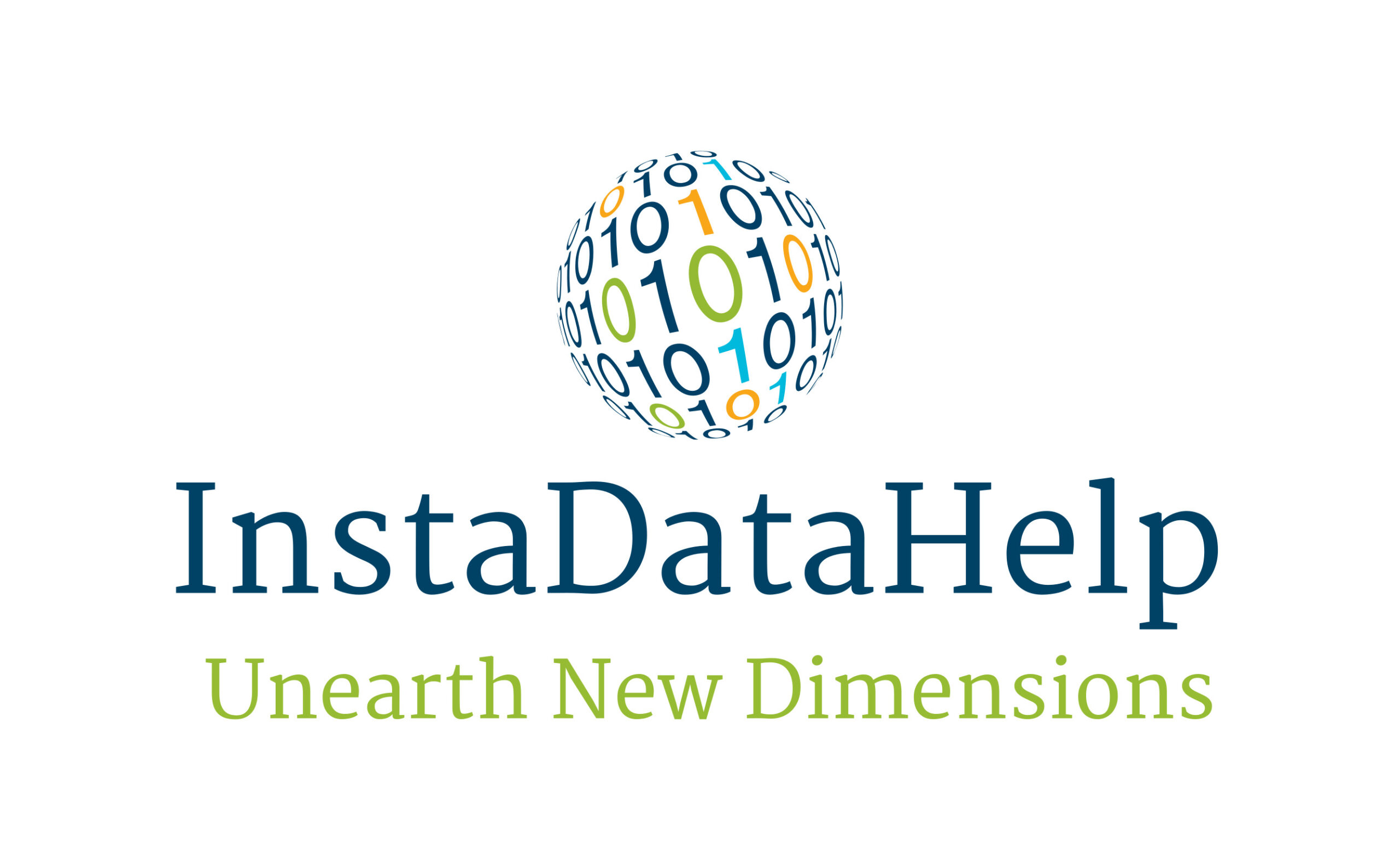Unleashing the Power of Artificial Voices: How Speech Synthesis is Changing the Game
Introduction:
In recent years, speech synthesis technology has made remarkable advancements, revolutionizing the way we interact with machines and devices. From virtual assistants to audiobooks and even customer service bots, artificial voices have become an integral part of our daily lives. This article explores the power of speech synthesis and how it is changing the game across various industries.
Understanding Speech Synthesis:
Speech synthesis, also known as text-to-speech (TTS), is the technology that converts written text into spoken words. It involves the synthesis of human-like speech using artificial intelligence algorithms and linguistic models. These algorithms analyze and interpret the text, converting it into a natural-sounding voice that can be understood by humans.
The Evolution of Speech Synthesis:
Speech synthesis technology has come a long way since its inception. Early attempts at speech synthesis were robotic and lacked naturalness. However, with advancements in deep learning and neural networks, modern speech synthesis systems have become incredibly sophisticated and realistic.
One of the key milestones in speech synthesis was the development of the Hidden Markov Model (HMM) in the 1980s. HMM allowed for more accurate modeling of speech patterns, resulting in improved naturalness of synthesized voices. Later, the introduction of deep learning techniques, such as recurrent neural networks (RNNs) and convolutional neural networks (CNNs), further enhanced the quality of synthesized speech.
Applications of Speech Synthesis:
1. Accessibility: Speech synthesis has played a crucial role in making technology more accessible to people with visual impairments. By converting text into speech, individuals who are blind or have low vision can access information on websites, read books, and interact with various devices.
2. Virtual Assistants: The rise of virtual assistants like Siri, Alexa, and Google Assistant has been made possible by speech synthesis technology. These assistants use artificial voices to provide information, answer questions, and perform tasks based on voice commands.
3. Audiobooks and Podcasts: Speech synthesis has revolutionized the audiobook industry, making it easier for publishers to create audio versions of books. Additionally, podcasts have gained popularity due to the ease of converting written content into spoken words using speech synthesis.
4. Language Learning: Speech synthesis has become an invaluable tool for language learners. By providing accurate pronunciation and intonation, it helps learners improve their speaking skills and understand the nuances of a foreign language.
5. Customer Service: Many companies are now using speech synthesis to create virtual customer service agents. These AI-powered bots can handle customer inquiries, provide assistance, and even resolve issues, reducing the need for human intervention.
Challenges and Future Directions:
While speech synthesis has made significant progress, there are still challenges to overcome. One of the main challenges is achieving a more natural and expressive voice that can convey emotions effectively. Current speech synthesis systems often lack the ability to replicate human-like intonation and prosody.
Another challenge is the issue of bias in synthesized voices. Since most speech synthesis models are trained on large datasets, they can inadvertently perpetuate biases present in the data. Efforts are being made to address this issue by developing more inclusive and diverse training datasets.
Looking ahead, the future of speech synthesis holds great promise. Researchers are exploring techniques like transfer learning, which allows models to learn from multiple languages and voices simultaneously. This could lead to more accurate and adaptable speech synthesis systems.
Conclusion:
Speech synthesis technology has come a long way, transforming the way we communicate with machines and devices. From accessibility to virtual assistants, audiobooks, and customer service bots, artificial voices have become an integral part of our daily lives. With ongoing advancements and research, the power of speech synthesis will continue to evolve, offering even more realistic and expressive voices in the future.



Recent Comments